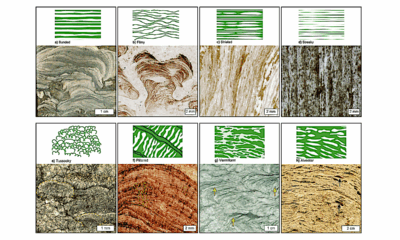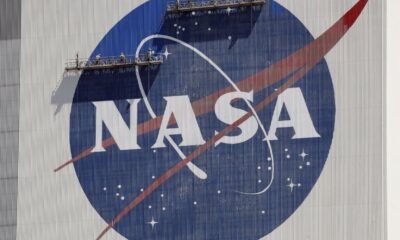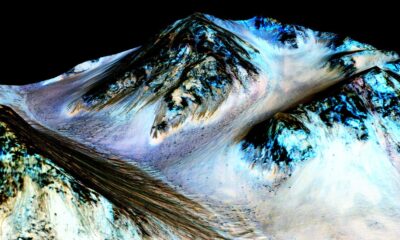Science
NASA Advances Nuclear Power Testing for Deep Space Exploration
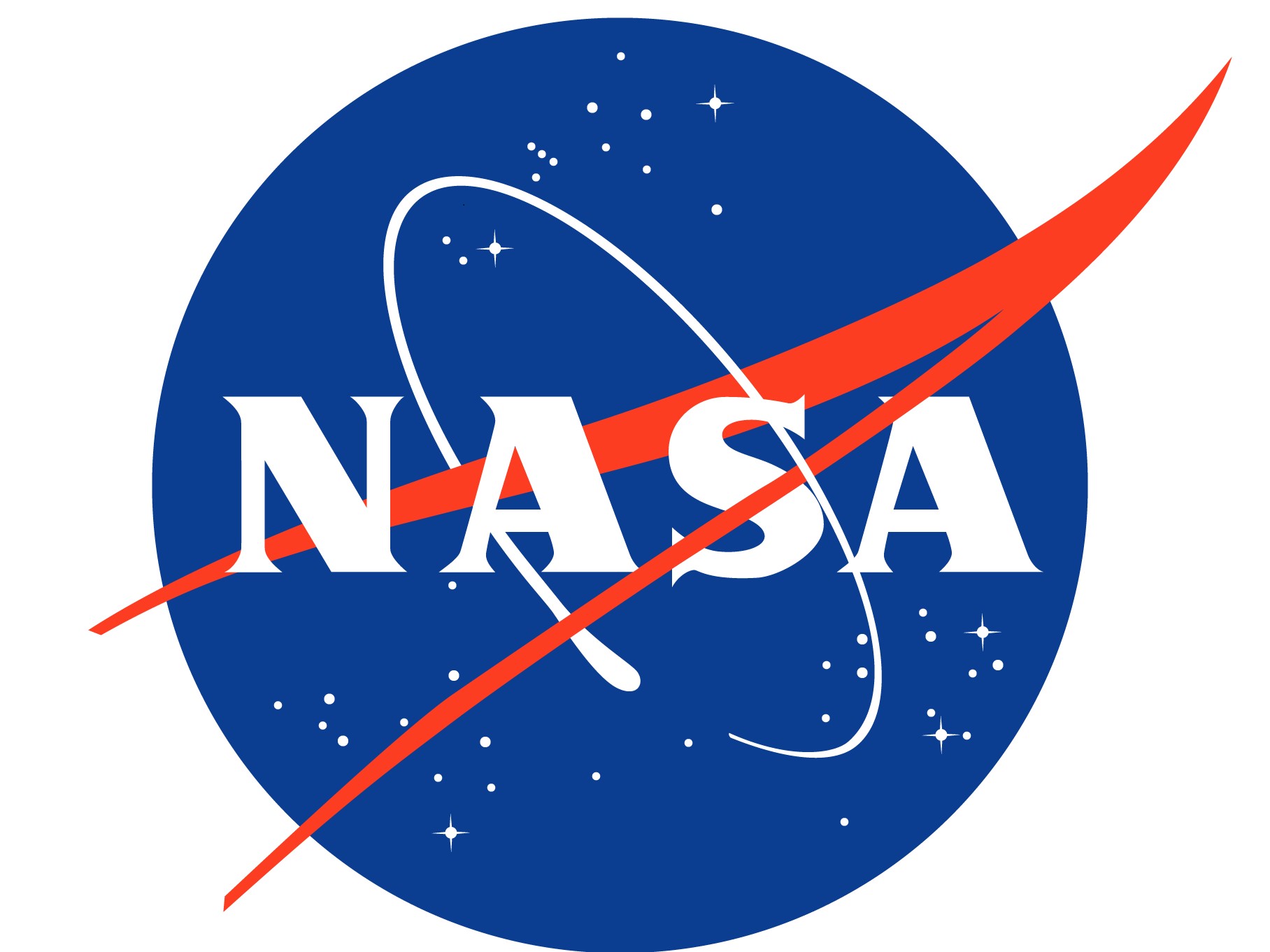
NASA, in collaboration with the U.S. Department of Energy, has begun testing a new nuclear power system using americium to support deep space missions. This innovative approach aims to provide a reliable energy source for future explorations beyond Earth, specifically targeting long-duration missions to the Moon and Mars.
The testing is taking place at NASA’s Glenn Research Center in Cleveland, Ohio. Americium, a synthetic element, is recognized for its potential in nuclear thermal propulsion. This technology could significantly enhance the capacity to generate power in environments far from our planet, where solar energy may not be feasible.
Significance of Americium-Based Power
Utilizing americium for nuclear power systems addresses some of the critical challenges faced during extended space travel. The ability to produce substantial energy consistently is vital for the success of missions that could last several years. According to NASA officials, the goal is to develop a system that is not only efficient but also capable of sustaining the life-support systems necessary for astronauts.
Testing will evaluate the americium fuel’s performance under various conditions. Initial results are expected by the end of 2025. This timeline aligns with NASA’s broader objectives to establish a sustained human presence on the Moon through the Artemis program and to prepare for future missions to Mars.
Future Implications for Space Exploration
The implications of successful testing are profound. If effective, americium-based systems could revolutionize how power is generated for space missions. This technology would support not only human exploration but also enable robotic missions that require robust energy sources for scientific research and operations on other celestial bodies.
The collaboration between NASA and the Department of Energy highlights a concerted effort to leverage advanced nuclear technology for space exploration. As the agency moves forward, the results of these tests will inform the design and implementation of power systems that could ultimately lead to groundbreaking discoveries in our solar system.
This initiative reflects a significant investment in building sustainable energy solutions for the challenges of deep space exploration. As NASA prepares for its upcoming missions, the focus on nuclear power represents a strategic shift towards more innovative and effective methods of harnessing energy in the cosmos.
-

 Lifestyle1 week ago
Lifestyle1 week agoBelton Family Reunites After Daughter Survives Hill Country Floods
-

 Education2 weeks ago
Education2 weeks agoWinter Park School’s Grade Drops to C, Parents Express Concerns
-

 Technology2 weeks ago
Technology2 weeks agoByteDance Ventures into Mixed Reality with New Headset Development
-

 Technology2 weeks ago
Technology2 weeks agoMeta Initiates $60B AI Data Center Expansion, Starting in Ohio
-

 Lifestyle2 weeks ago
Lifestyle2 weeks agoNew Restaurants Transform Minneapolis Dining Scene with Music and Flavor
-

 Technology6 days ago
Technology6 days agoMathieu van der Poel Withdraws from Tour de France Due to Pneumonia
-

 Technology2 weeks ago
Technology2 weeks agoGlobal Market for Air Quality Technologies to Hit $419 Billion by 2033
-

 Health2 weeks ago
Health2 weeks agoSudden Vision Loss: Warning Signs of Stroke and Dietary Solutions
-

 Technology2 weeks ago
Technology2 weeks agoAnalysts Highlight Top 5 Altcoin Presales Ahead of Market Surge
-

 Technology2 weeks ago
Technology2 weeks agoTrump Faces Internal Struggles Over Epstein Files Handling
-

 Technology2 weeks ago
Technology2 weeks agoRecovering a Suspended TikTok Account: A Step-by-Step Guide
-
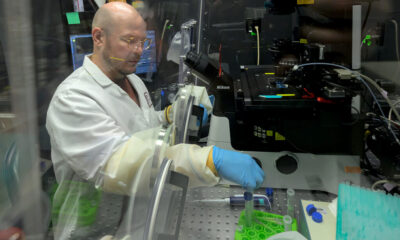
 Health2 weeks ago
Health2 weeks agoBacteria Navigate Gut Risks for Nutrients, New Study Reveals





